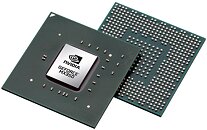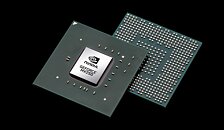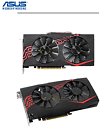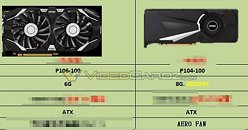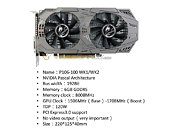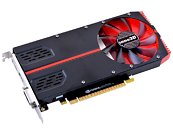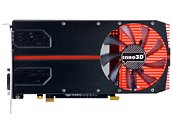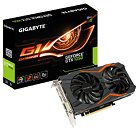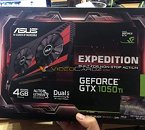
EIZO Releases Rugged XMC GPGPU Card for Media Applications
EIZO Rugged Solutions Inc., a provider of ruggedized graphics and video products, has released the Condor NVP2009AxX - an XMC graphics and GPGPU card that supports various combinations of analog and digital outputs.
The new high-performance graphics card based on the NVIDIA Quadro P2000 GPU (chip-down GP107) supports four field customizable video output combinations of DisplayPort++, 3G-SDI, CVBS (NTSC/PAL/SECAM), and VGA (STANAG 3350, RS-170, RS-343) to provide flexibility and simplify inventory management for high-end surveillance customers. With multiple I/O configurations, the card can support a range of video resolutions up to 4K and custom resolutions under VGA configurations. It can be factory configured to customer specifications and/or field programmed to support complex, multi-video needs after deployment.
The new high-performance graphics card based on the NVIDIA Quadro P2000 GPU (chip-down GP107) supports four field customizable video output combinations of DisplayPort++, 3G-SDI, CVBS (NTSC/PAL/SECAM), and VGA (STANAG 3350, RS-170, RS-343) to provide flexibility and simplify inventory management for high-end surveillance customers. With multiple I/O configurations, the card can support a range of video resolutions up to 4K and custom resolutions under VGA configurations. It can be factory configured to customer specifications and/or field programmed to support complex, multi-video needs after deployment.


